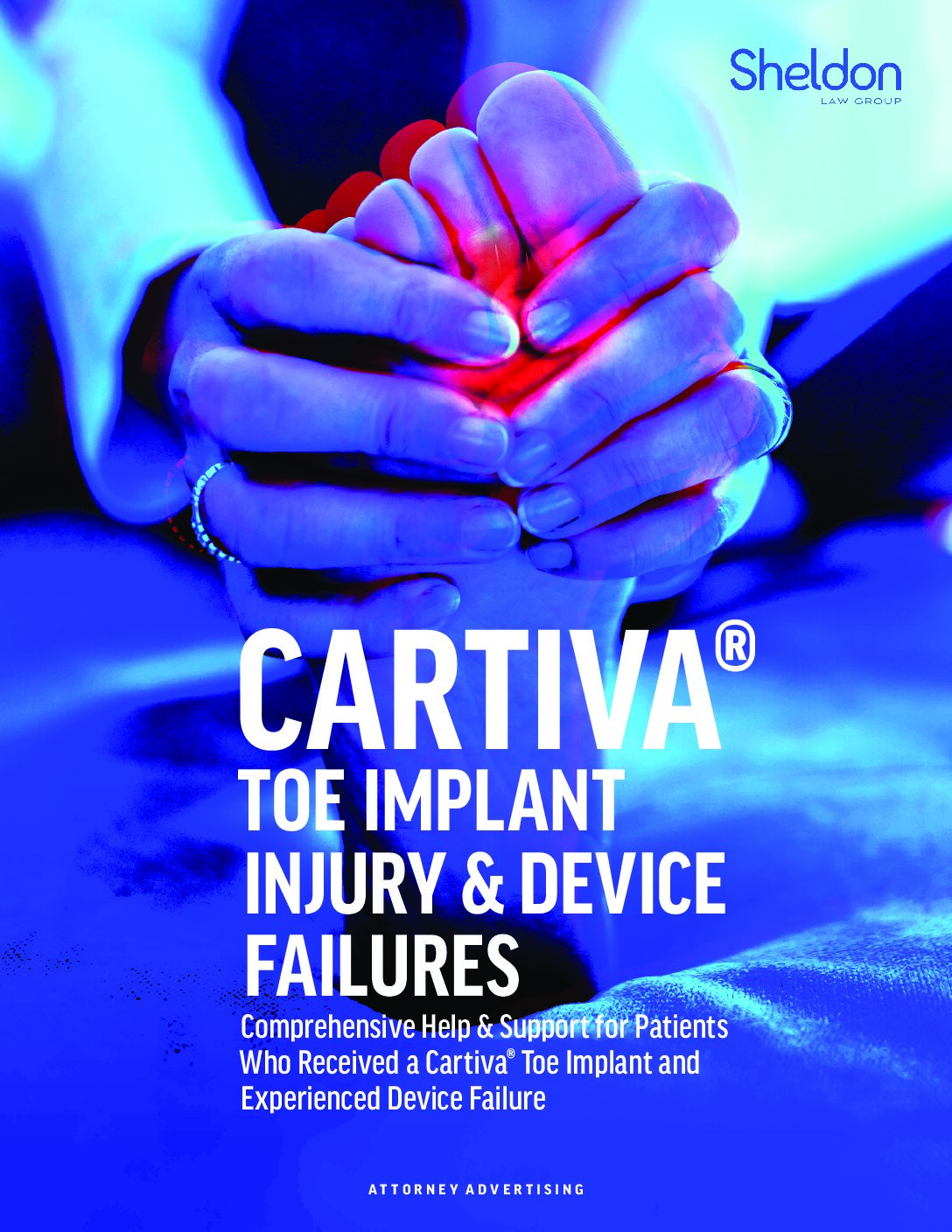What is big toe arthritis?
Big toe arthritis, also known as hallux rigidus, is a condition that affects the joint at the base of the big toe. It causes pain, stiffness, swelling, and reduced range of motion in the toe. It can also affect your ability to walk, run, or wear certain shoes. Big toe arthritis is usually caused by wear and tear of the cartilage that cushions the joint, or by injury, infection, or inflammation. Over time, the joint can become damaged and deformed, leading to bone spurs and reduced function.
What are the surgical options for big toe arthritis?
There are two main types of surgery for big toe arthritis: joint replacement and joint preservation. Joint replacement involves removing the damaged joint and replacing it with an artificial one, while joint preservation involves preserving the natural joint and improving its function. The type of surgery that is best for you depends on several factors, such as your age, activity level, severity of arthritis, and personal preference. Here are some of the most common procedures for each type of surgery:
- Joint replacement: This can be done with either a metal or a plastic implant, or with a biological material, such as a donor bone or cartilage. The implant replaces the damaged joint and allows for some movement in the toe. The advantages of joint replacement are that it can relieve pain, improve function, and restore the appearance of the toe. The disadvantages are that it can cause complications, such as infection, loosening, or failure of the implant, and that it may not last long, requiring revision surgery in the future.
- Cartiva toe implant: This is a type of joint replacement that uses a synthetic cartilage-like material to replace the damaged cartilage in the joint. The implant is inserted through a small incision and acts as a cushion between the bones. The advantages of Cartiva toe implant are that it can preserve more natural movement in the toe, reduce pain, and improve function. The disadvantages are that it can cause complications, such as infection, inflammation, or displacement of the implant, and that it may not be effective for severe arthritis or bone spurs.
- Joint preservation: This can be done with either a cheilectomy or an osteotomy. A cheilectomy involves removing the bone spurs that limit the movement of the joint, while an osteotomy involves cutting and realigning the bones to improve the position of the joint. The advantages of joint preservation are that it can preserve the natural joint and its function, reduce pain, and avoid the risks of implant surgery. The disadvantages are that it may not provide enough relief for advanced arthritis, and that it may not prevent the progression of the disease.
If You Had to Have Revision Surgery After Receiving a Cartiva Toe Implant, We Can Help.
If you have suffered from complications after receiving a Cartiva Toe Implant, contact us now. We are fighting to protect the rights of patients allegedly injured by Cartiva toe implants and hold the device makers fully accountable for putting profits above the health and well-being of patients.
Patients who received a Cartiva toe implant and were forced to have revision surgery to remove or replace the device, may be entitled to significant financial compensation. Contact us now to learn more about your rights and whether you are entitled to compensation.





